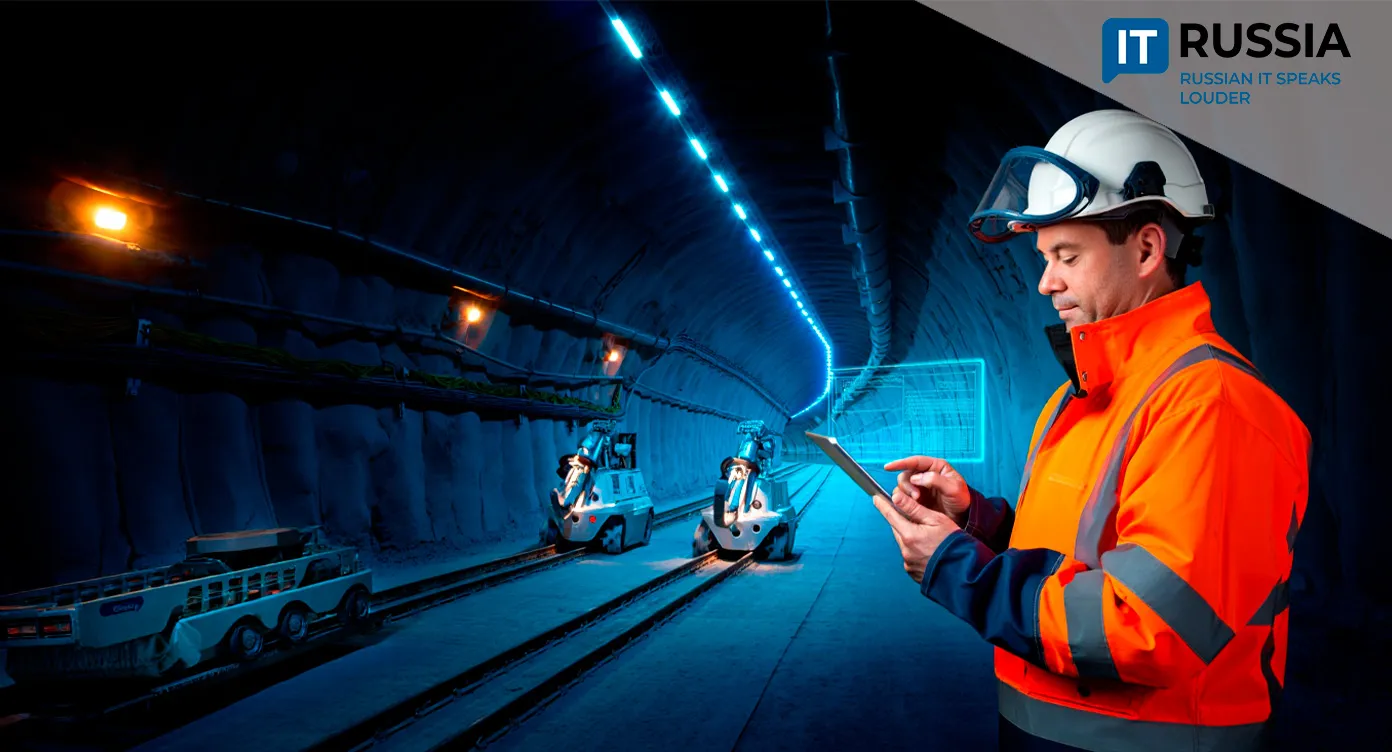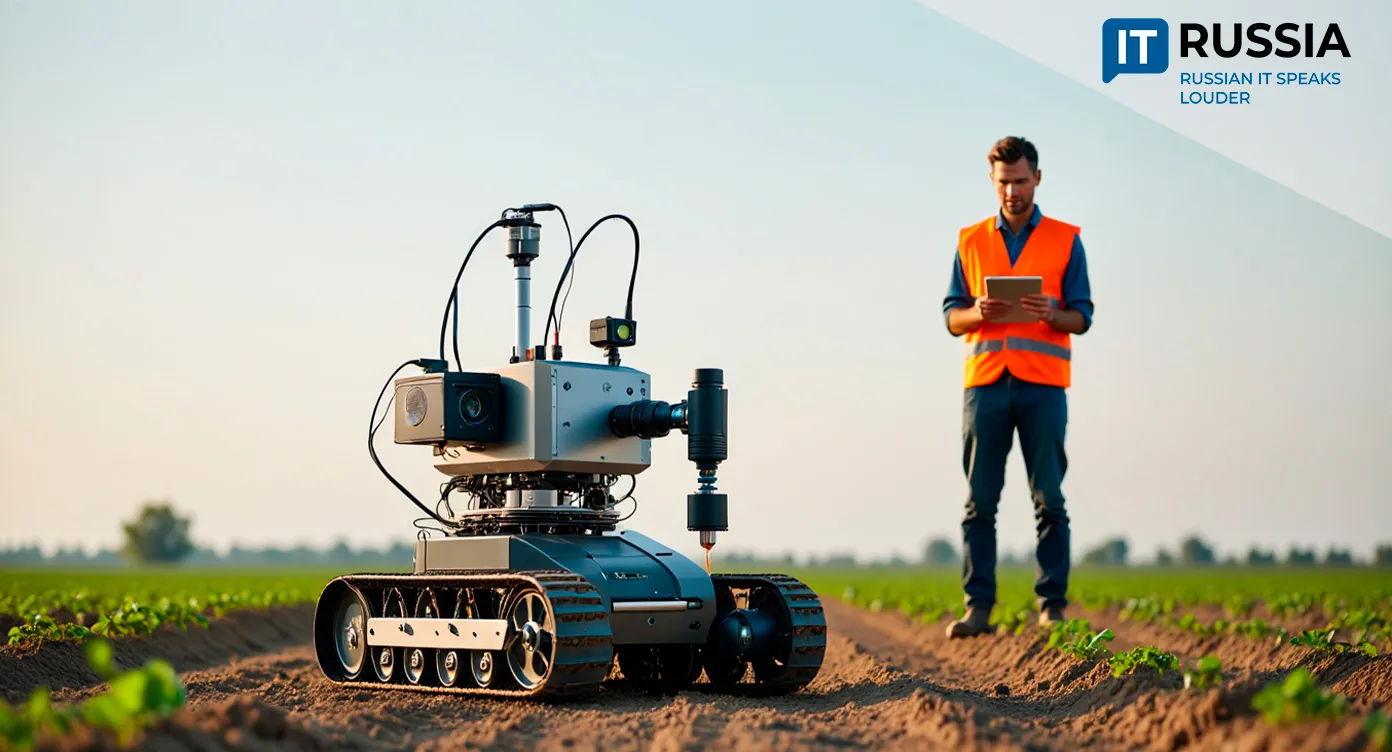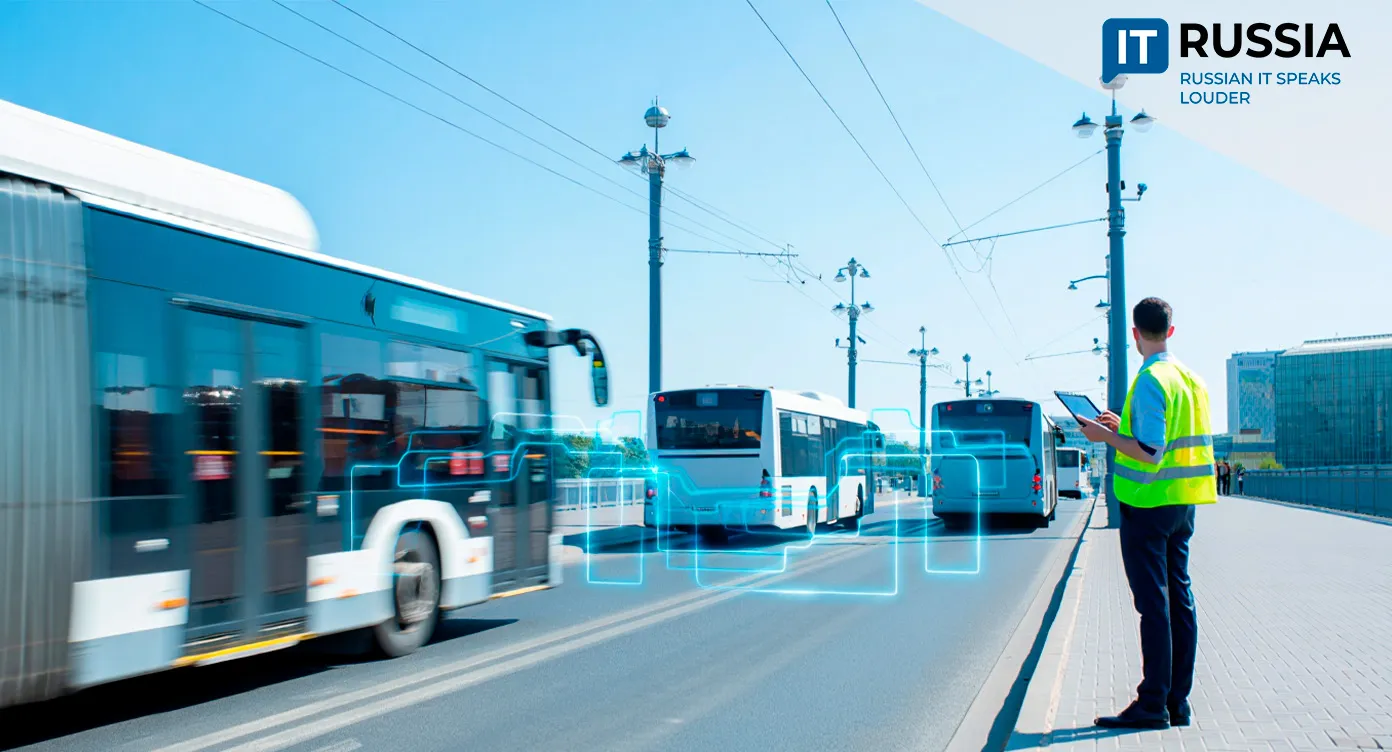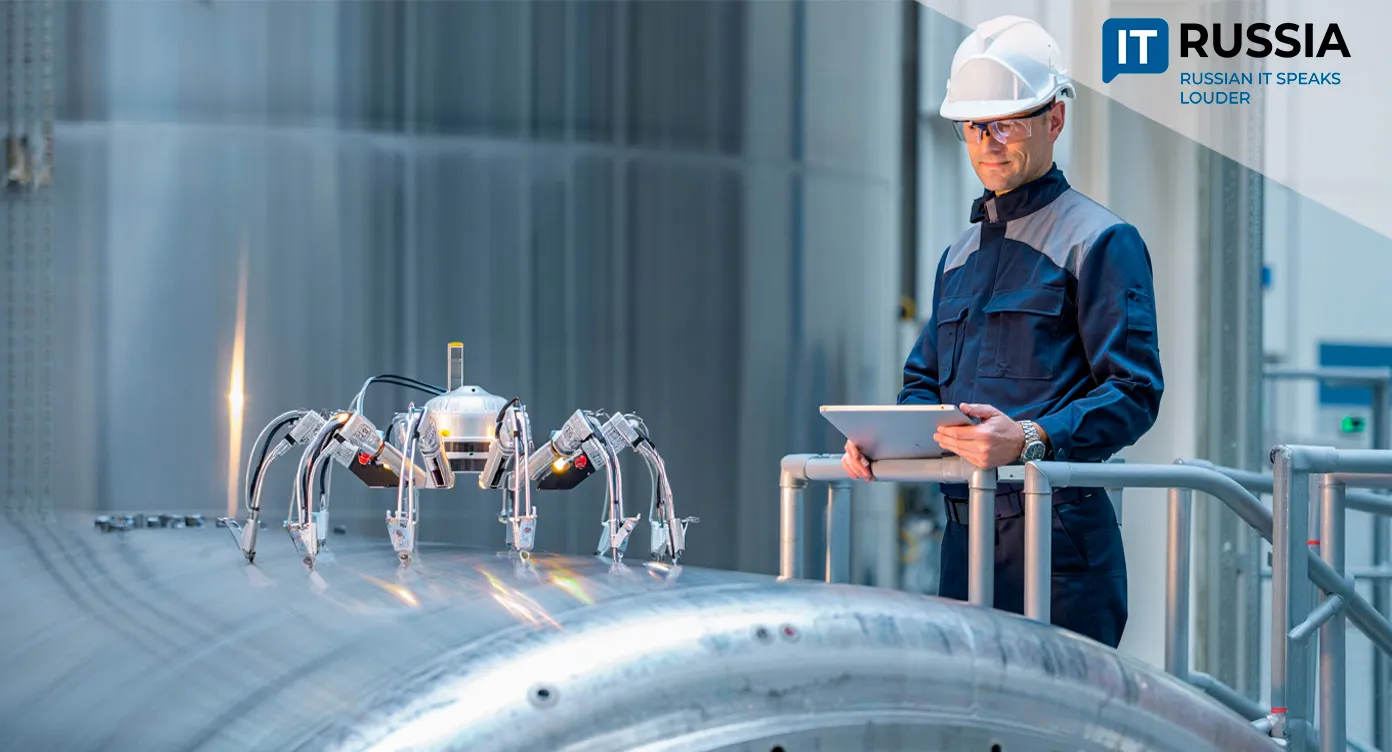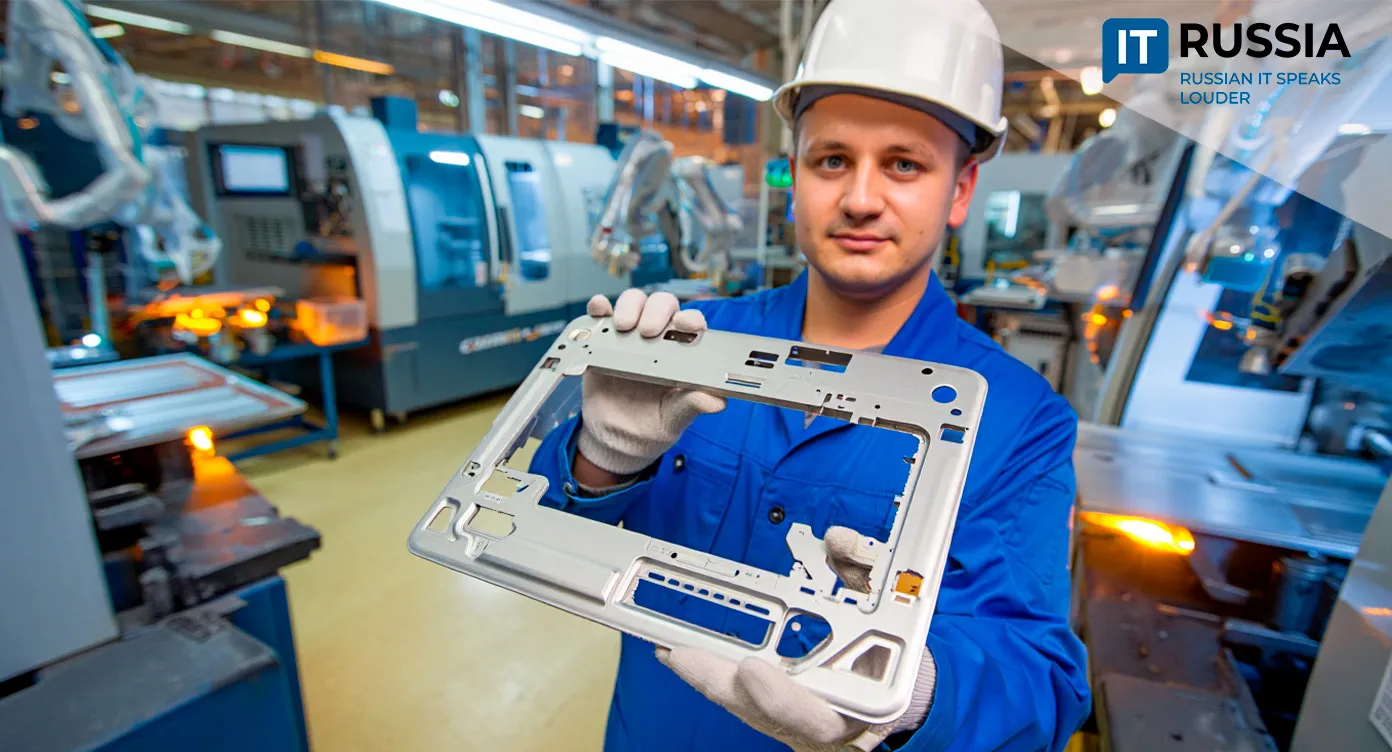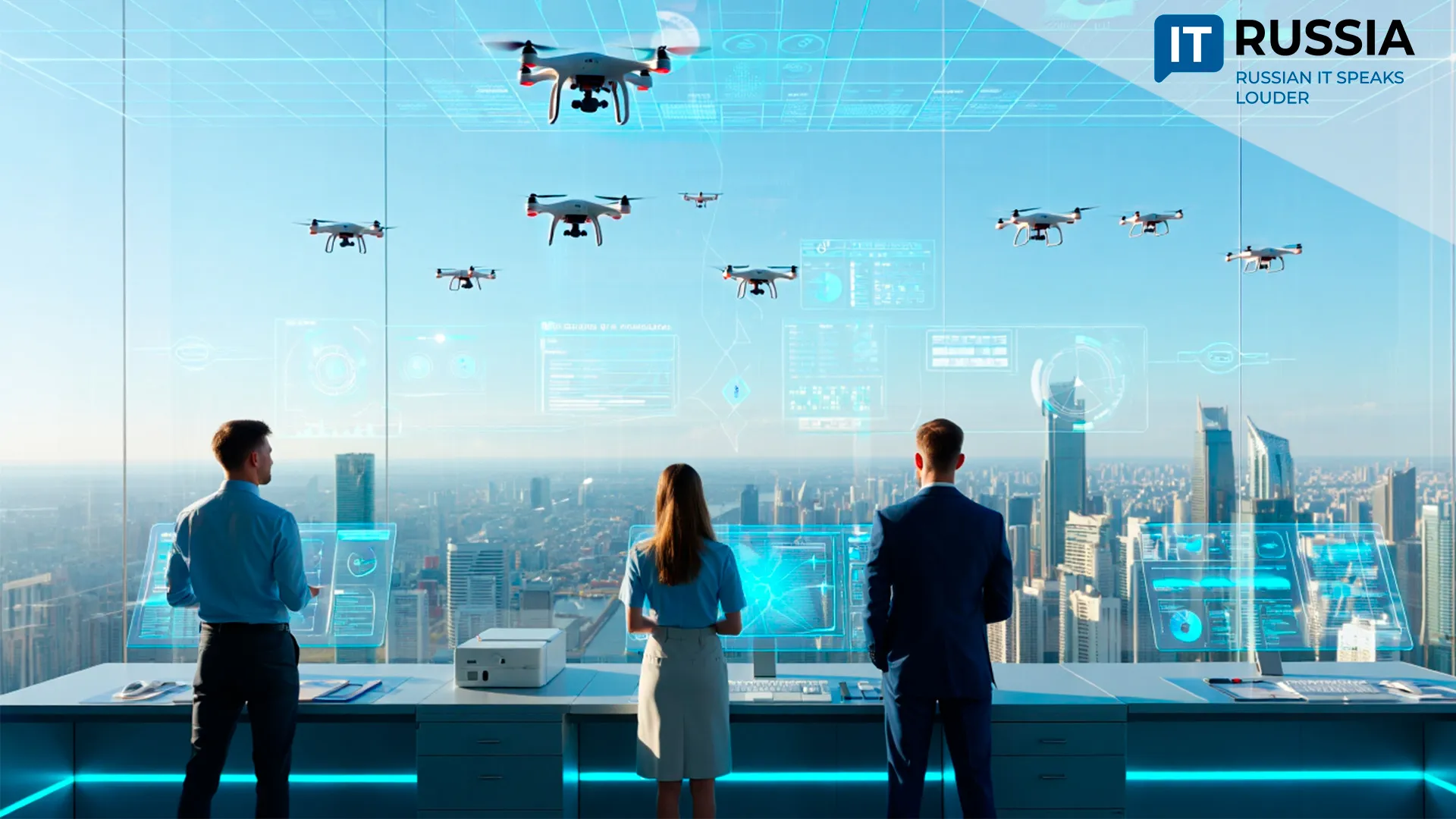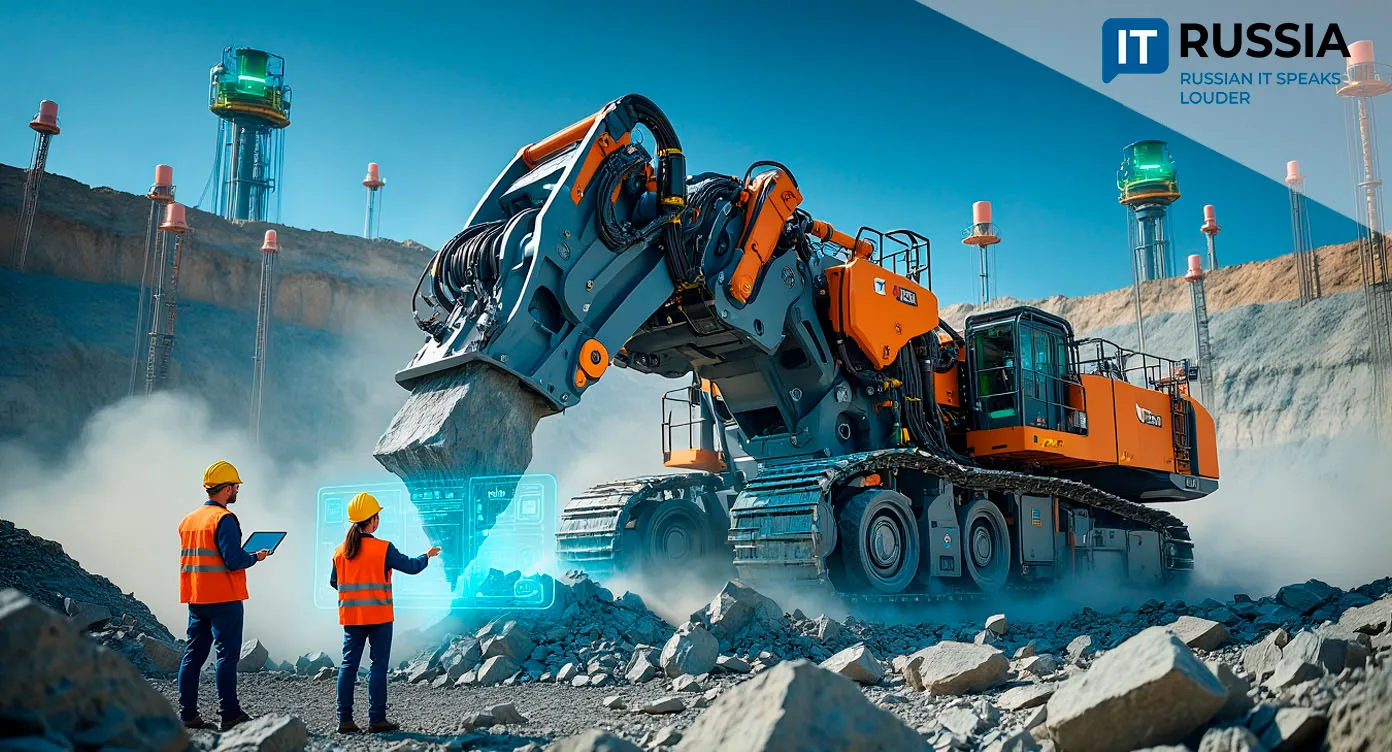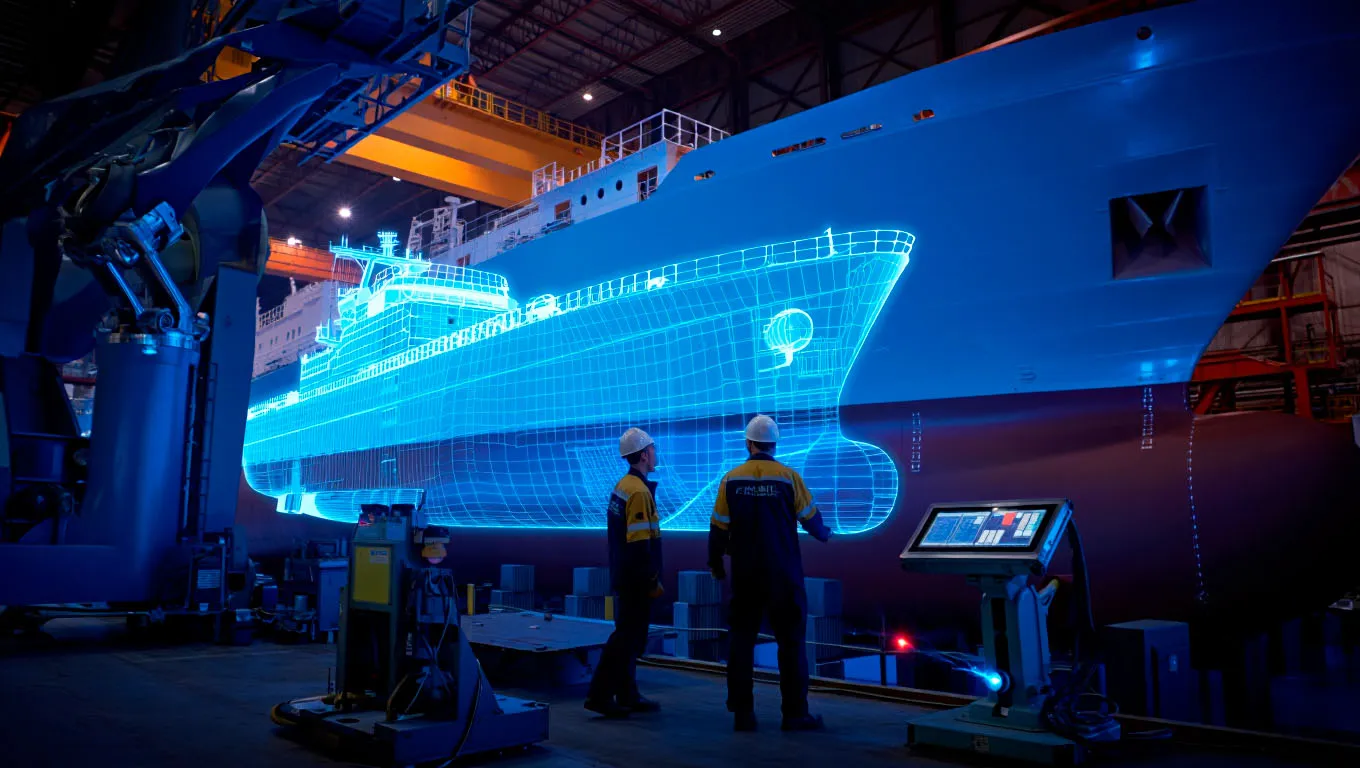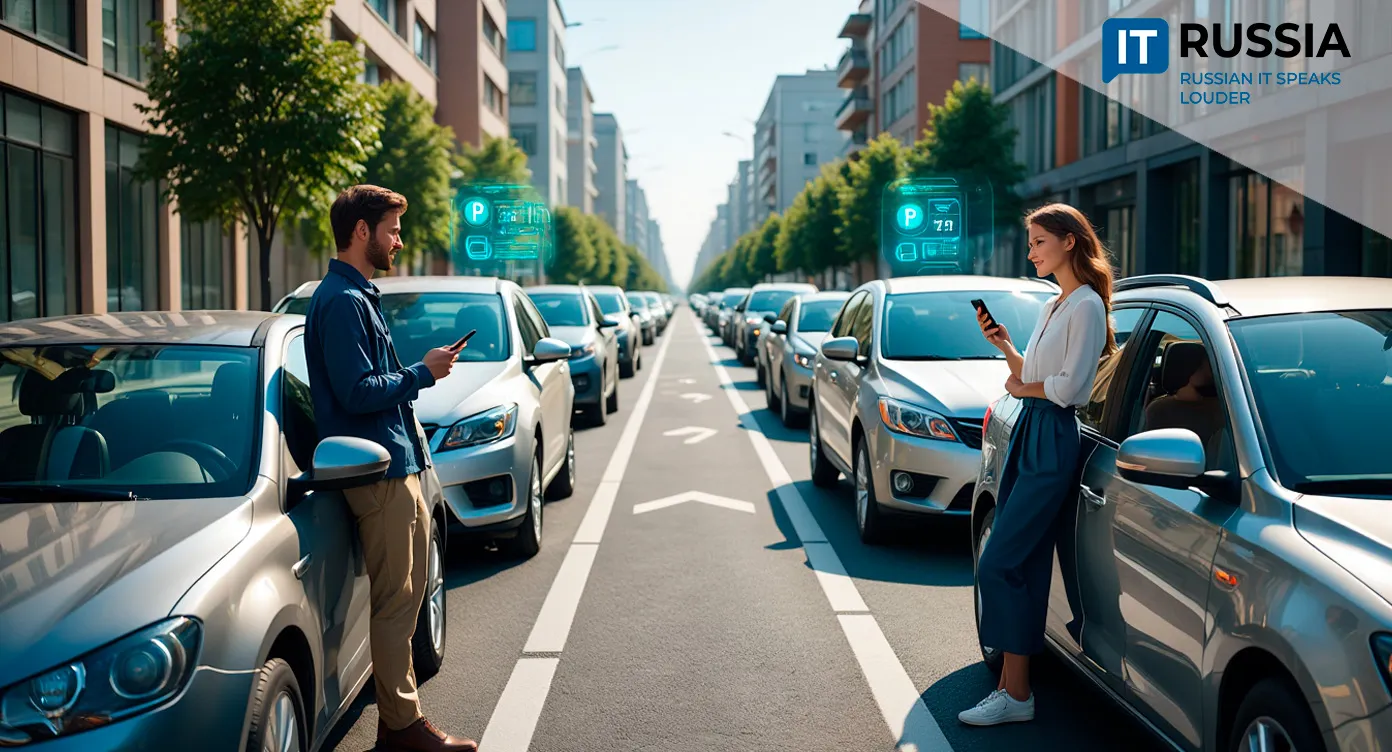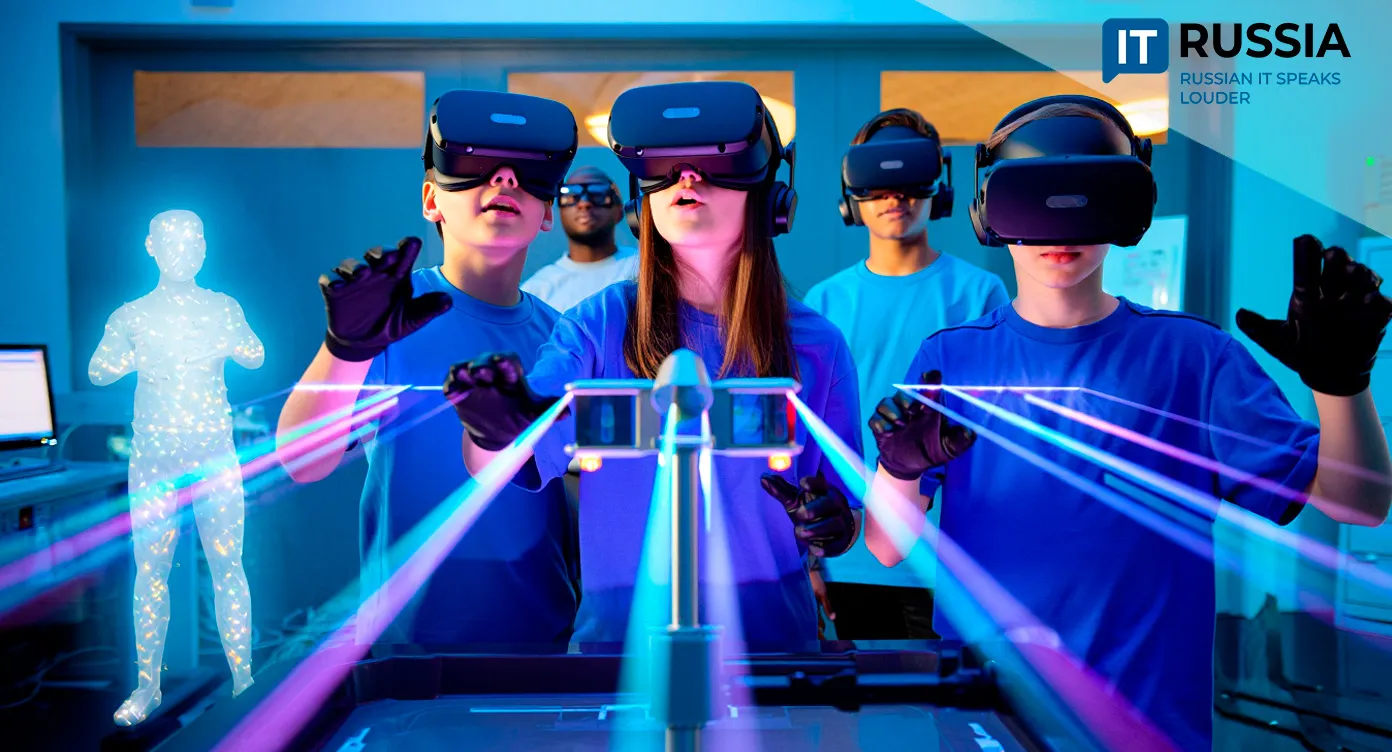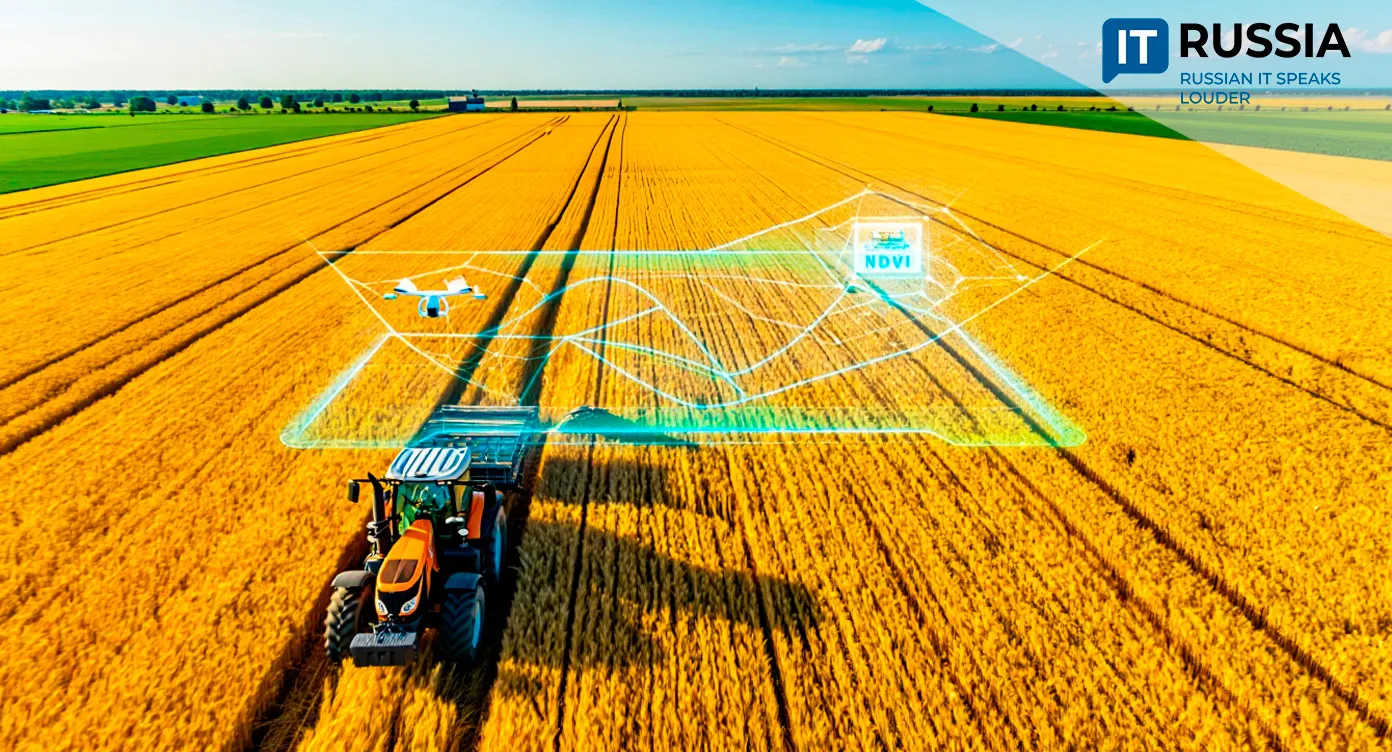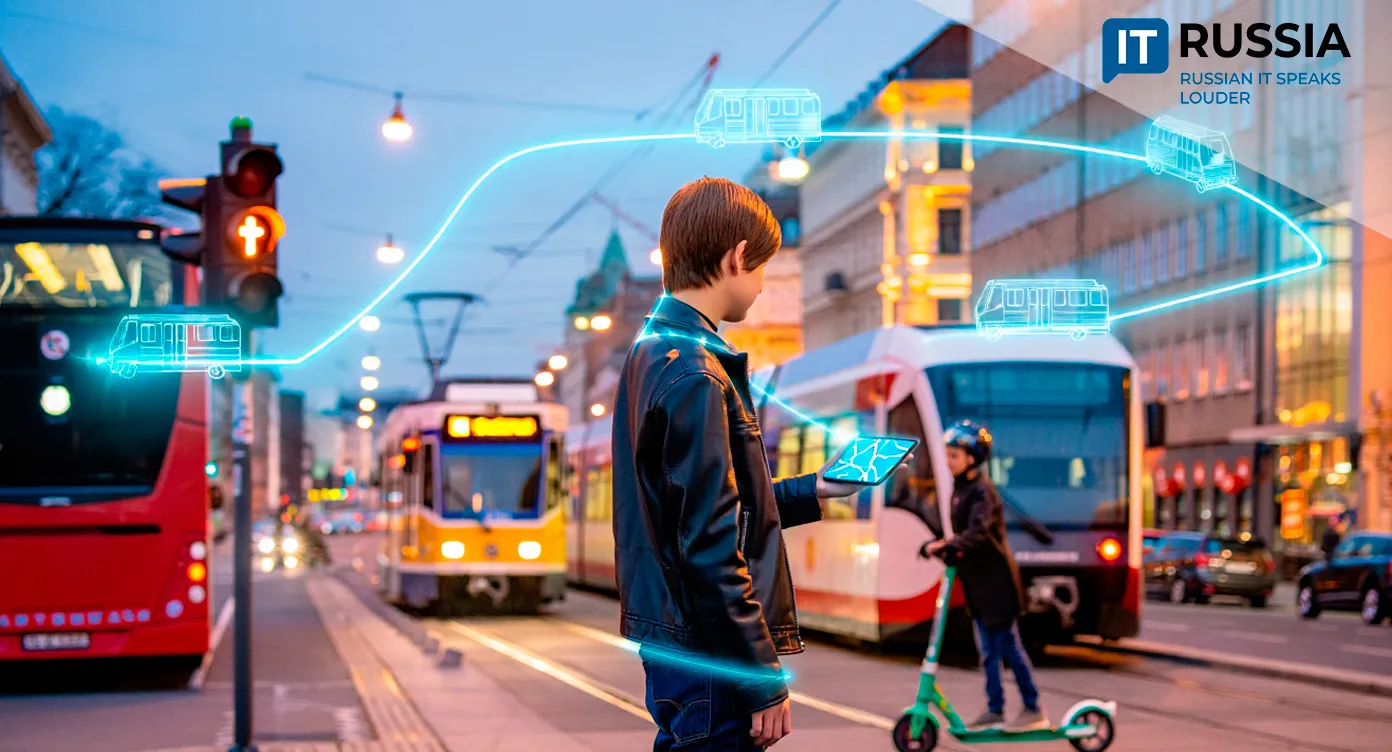Artificial Intelligence for Municipalities: Neural Networks Take Control of Urban Management
In the Republic of Tatarstan, artificial intelligence is transforming city management — from snow removal to road monitoring — delivering measurable results and improving public services at record speed.
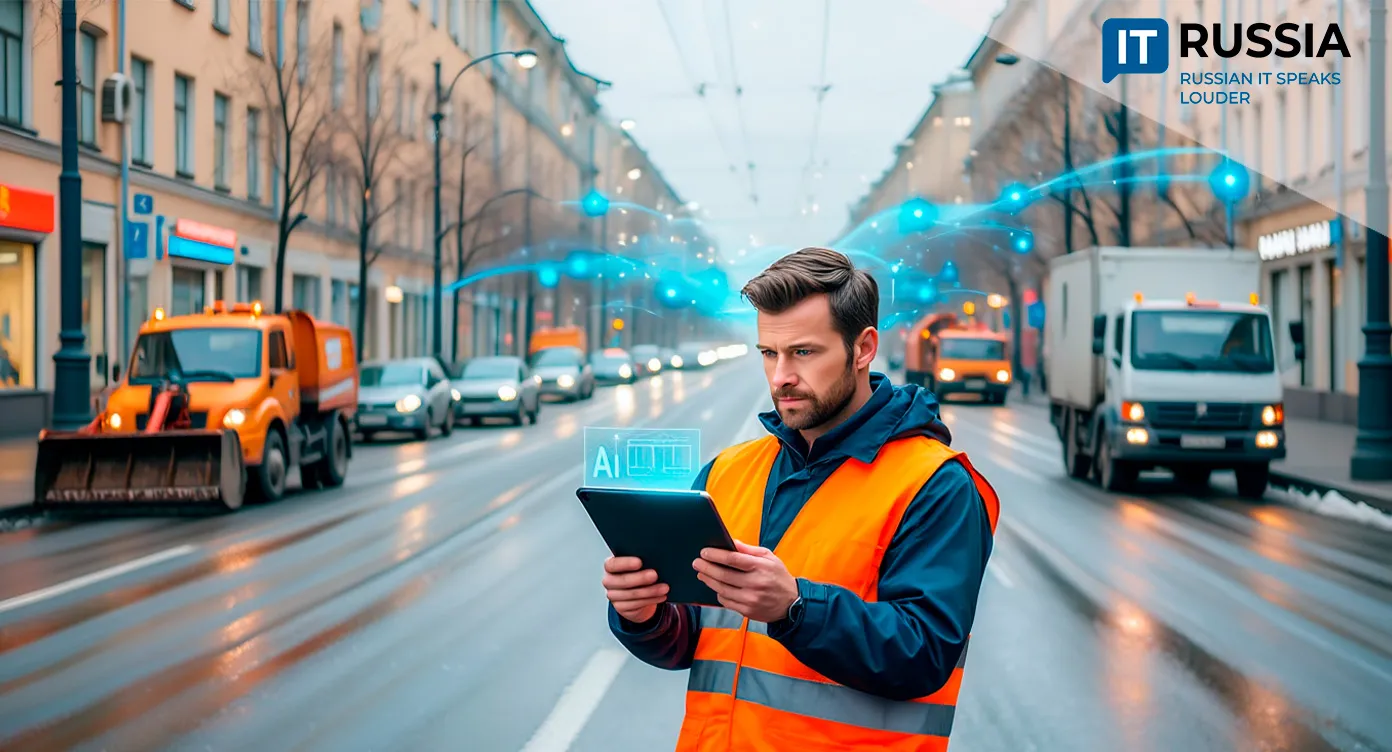
Tangible Results: From Snow Removal to Road Monitoring
According to data presented at the XVIII Tyumen Digital Forum “Infotech,” the introduction of AI in Tatarstan has shown remarkable results. The time required to clear snow after bad weather has been cut by nearly 50%, making public services far more responsive. Even more striking, the AI-based system for monitoring urban environments now identifies road defects 48 times faster than before — reducing detection from two days to just one hour. These gains directly impact road safety and public comfort.
Thanks to these successes, Tatarstan is now among the top regions in Russia for verified AI-based digital solutions, as listed on the national “Digital Region” portal. The region’s experience demonstrates that AI doesn’t replace human workers but becomes a trusted assistant — automating data analysis, routine monitoring, and response prioritization.
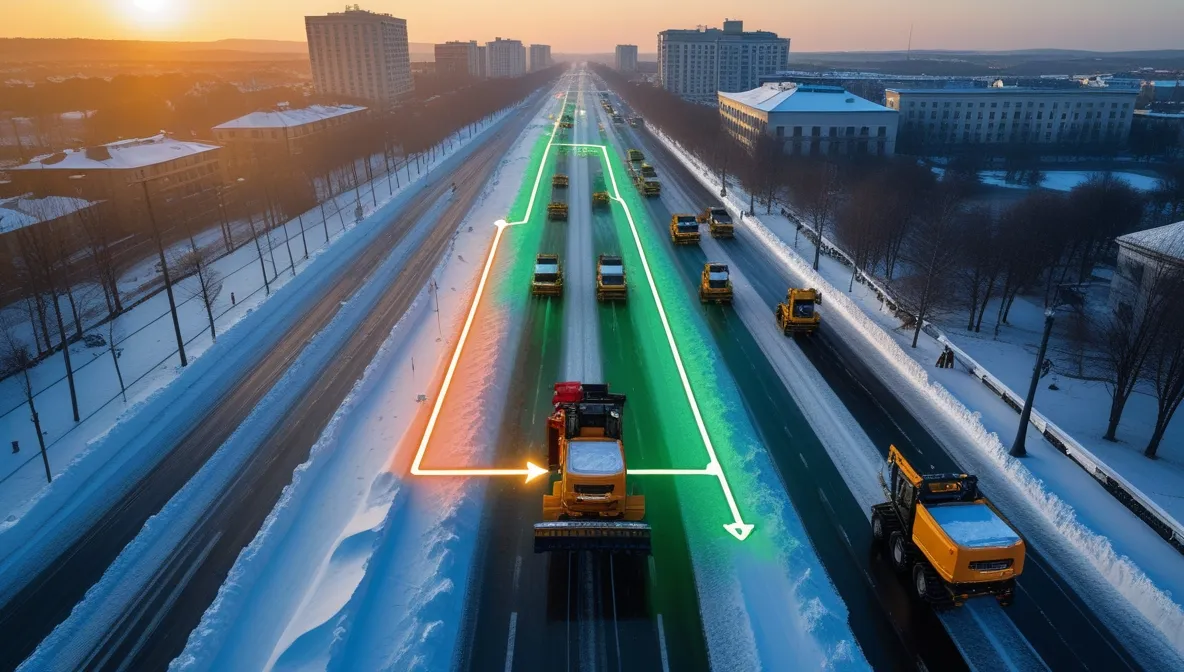
From Local Services to Technology Export
The successful rollout of these systems opens the door to broader adoption. Several municipalities already use AI tools to monitor road surfaces, utility networks, and street lighting. For Russian regions, this means not only better service quality but also more efficient use of local budgets.
In the future, a unified national framework could emerge, with centralized platforms and federal support programs. The export potential is also significant — once the systems are refined domestically, they could be adapted for markets in the CIS and other developing regions facing similar infrastructure challenges.
AI in Urban Infrastructure — A National Trend
Tatarstan’s experience is not unique. Over the past five years, the use of AI in public infrastructure and city management has become a nationwide trend.
In Moscow, neural networks already help identify icy rooftops and uncleared streets using video surveillance. During a single winter season, these systems have helped eliminate tens of thousands of hazards. In Saint Petersburg, mobile AI units detect urban violations at speeds up to 80 km/h and analyze over 50 types of incidents in real time — from waste site monitoring to illegal parking.
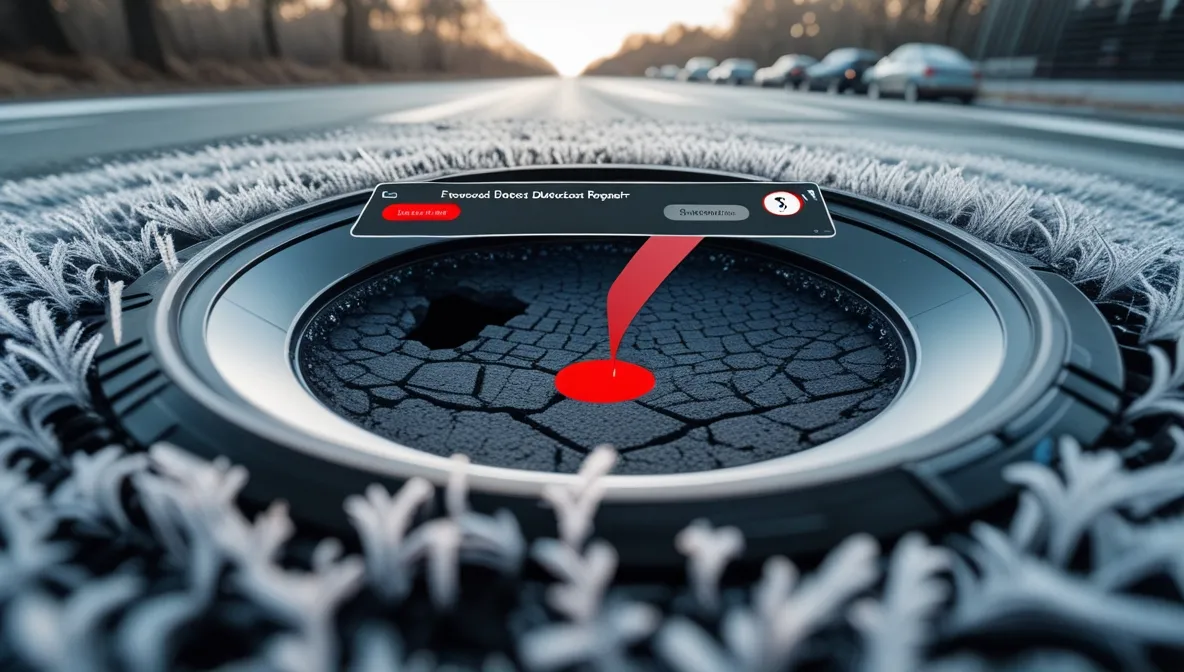
Kazan has equipped garbage trucks and city buses with cameras that collect data on snow and litter conditions — a smart use of existing infrastructure. These examples prove that Tatarstan’s approach is part of a larger wave of digital transformation in housing, utilities, and transport across Russia.
AI as the New Normal for Urban Management
The Tatarstan case demonstrates that artificial intelligence has moved beyond the experimental stage and is now a practical tool for real-time urban management. The results speak for themselves: greater efficiency, lower costs, and — most importantly — improved safety and comfort for millions of citizens.
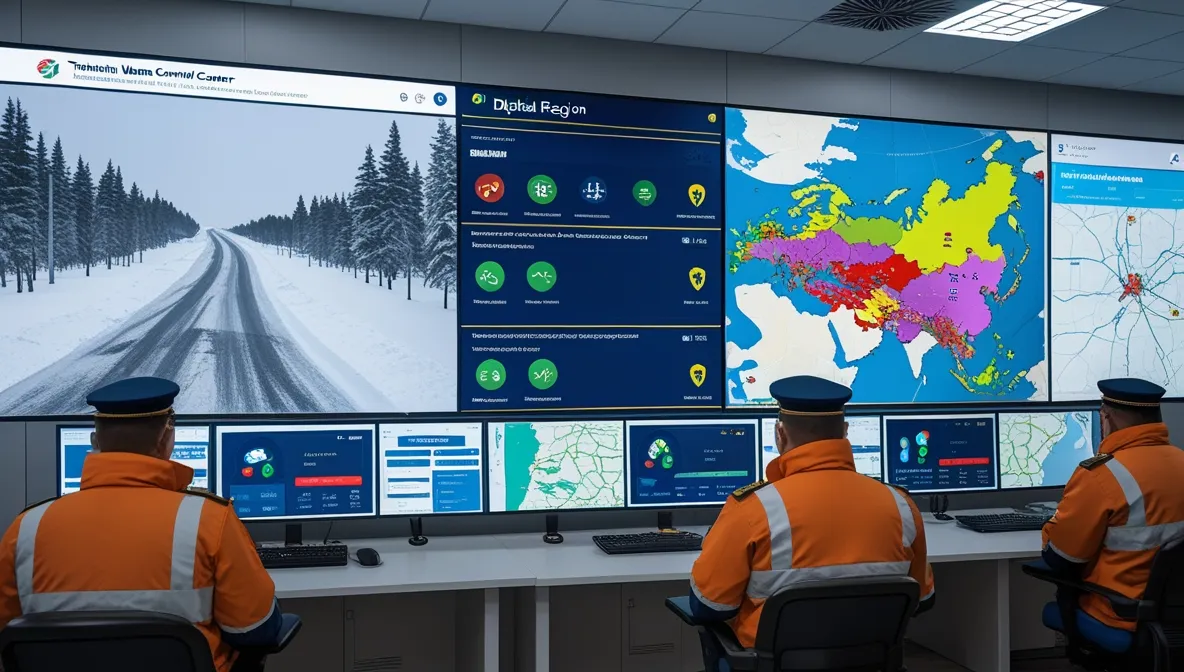
This case offers a scalable model for other regions, illustrating how AI can modernize municipal operations and help cities meet the demands of the 21st century.





